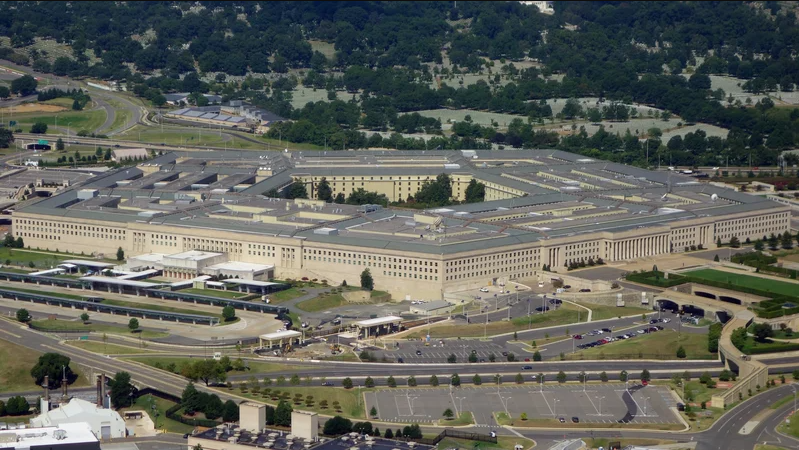The US Defense Department has rolled out a dedicated platform, named the Comprehensive Anomaly Reporting Initiative (CARI), for government and military officials to document their encounters with unidentified flying objects.
Launched on Wednesday, August 30th, Dr. Sean Kirkpatrick, the head of the initiative, stated that the portal not only aims to keep the public informed about CARI’s discoveries but also provides a channel for individuals to share their experiences with unidentified aerial phenomena (UAP), the modern term for UFOs.
Scope and Objectives of CARI
While the portal is still in its nascent stages, it invites insights related to UAP activities from individuals associated with the US Government, tracing back to 1945. This is in line with a directive from the US Congress to compile a comprehensive historical account of such incidents. The website also clarifies CARI’s primary objective, emphasizing its commitment to “coordinate scientific, intelligence, and operational efforts to identify and address unidentified anomalies.” Furthermore, the shift from “UFO” to “UAP” is explained, attributing it to the broader scope of the latter, which encompasses both aerial and aquatic anomalies.
Recent Revelations and CARI’s Commitment
In July 2023, a seasoned member of the US Air Force testified about a concealed “UAP retrieval and reverse-engineering initiative.” While evidence supporting these claims is yet to be unveiled, numerous Congressional representatives have pledged to delve deeper. CARI, founded in 2022, has a mission to address anomalies near critical military and defense regions.
Despite accumulating numerous reports, Dr. Kirkpatrick clarified that there’s no verifiable proof of any alien involvement. The portal’s Q&A segment reiterates CARI’s dedication to a systematic scientific approach, assuring that it will always be “guided by science.”
Public Response and Future Prospects
The launch of CARI’s portal has garnered significant attention from both the media and the public. Many view it as a progressive step towards transparency and a commitment to addressing long-standing questions surrounding unidentified phenomena. As the digital age continues to evolve, the ability for individuals to share and access information on such anomalies becomes crucial.
The Defense Department’s initiative is expected to not only streamline the reporting process but also foster a collaborative environment where experts from various fields can converge to analyze and interpret data. With the backing of the US government and a promise of scientific rigor, the future of UAP research looks promising, potentially unlocking mysteries that have captivated humanity for decades.

